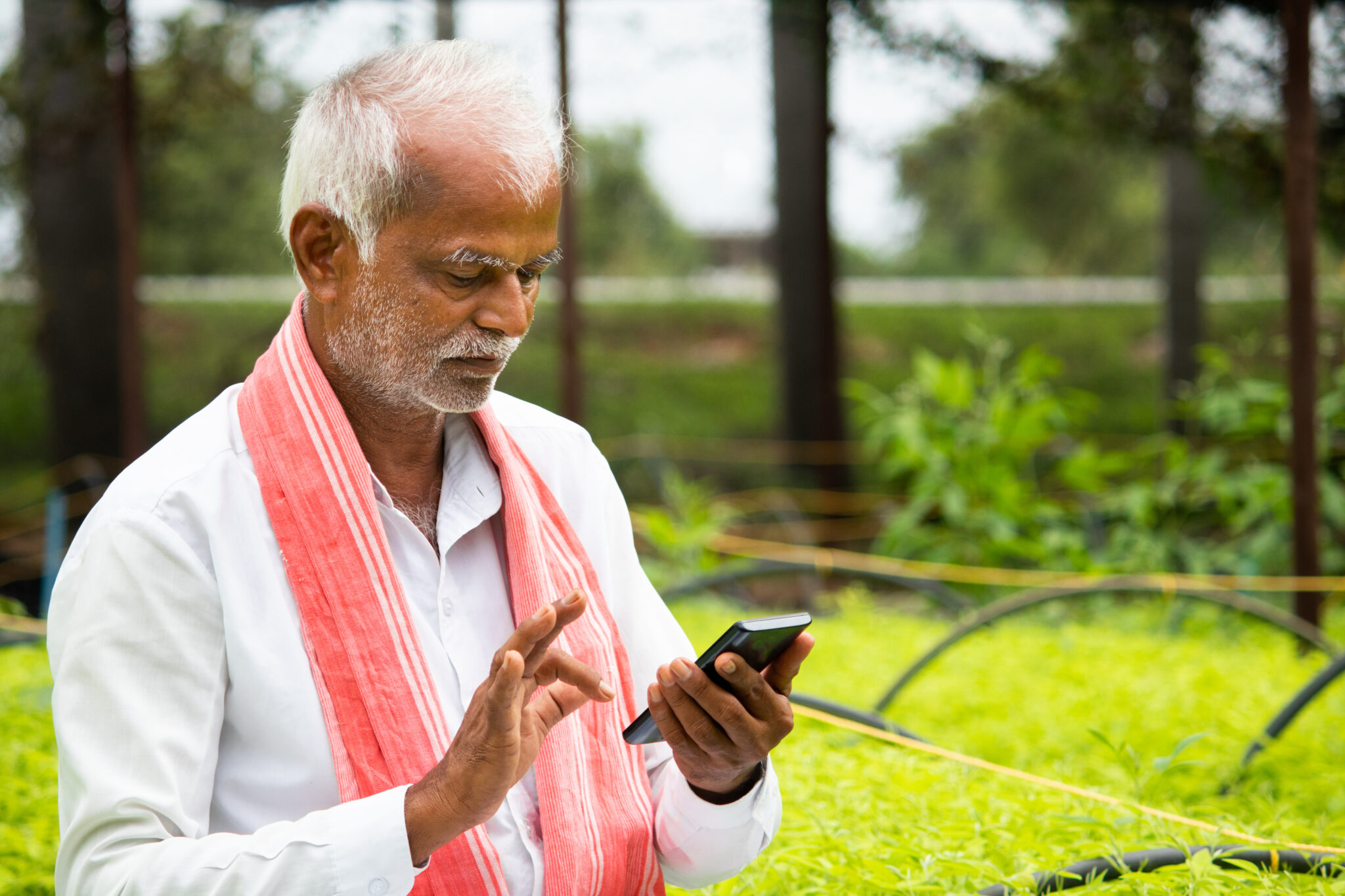Using Digital Trails to Improve Management and Accountability for Public Service

Photo credit: Adobe Stock Images
Policy Context
Delays in receiving wage payments reduce households’ ability to manage economic uncertainty and meet their subsistence needs. This is a particularly dire concern for the 50 million impoverished rural households who rely on the payments from India’s federal workfare program, based on the Mahatma Gandhi National Rural Employment Guarantee Act, or MGNREGA. Despite recognition of this critical challenge at the highest levels of government and in the press, the delivery of wages into workers’ bank accounts have frequently been delayed beyond the legally mandated 15 days.
Study Design
This at-scale randomized evaluation in Madhya Pradesh and Jharkhand evaluates a mobile app called PayDash, which takes information from the digitized MGNREGA wage payment system and makes it more readily accessible and actionable for bureaucrats. Specifically, the app reduces the time costs of learning about wage payment processing by allowing bureaucrats to see the status of pending payments, identify responsible officers, and immediately follow-up via WhatsApp or phone call. Furthermore, access to the app was randomized across different levels of the administrative hierarchy. This allows researchers to investigate how wage payment delays are affected by decreasing the costs of acquiring information for lower-level bureaucrats versus reducing the costs of monitoring by higher-level bureaucrats.
This evaluation is informed by an EDI-funded pilot project that ran from 2017-2018, which explored how providing real-time information to bureaucrats in three Indian states enables leaders to better support citizens as they oversee and implement complicated national public programs such as MGNREGA.
Results and Policy Lessons
Results show that access to PayDash reduced the time it takes to process payments by 11% (or roughly 2 days) in the areas with the highest wage payment delays, while also reducing the variability in payment processing time. Second, providing PayDash at either level of the administrative hierarchy was effective in reducing delays, and providing PayDash to both bureaucrats and their supervisors did not substantially decrease processing times relative to providing PayDash to only one level. The authors posit that this is because supervisors who receive the app share the information they learn down the hierarchy, rather than keeping it private. This evidence is consistent with surveys that indicate that the advantage of PayDash lies in providing busy bureaucrats with readily-accessible and actionable information (rather than new information), which they can also share with other bureaucrats involved in processing wages.
An extension of this study was planned to test whether providing information directly to local elected officials, who have strong electoral incentives for the MGNREGA program to function well, further reduces wage payment delays. However, changes to the Bihar election plans and the COVID-19 pandemic interrupted this research.

